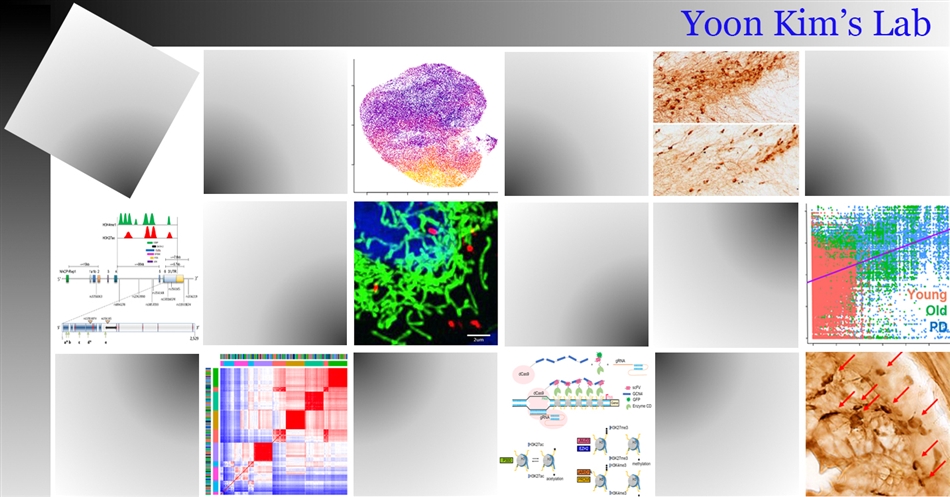The most frequent DNA lesion caused by oxidative stress is 8-oxo-7,8-dihydroguanine (8-oxodG) and it is often associated with neurodegenerative diseases including Parkinson’s disease (PD), Alzheimer’s disease (AD) and aging processes. In terminally differentiated cells like neurons, 8-oxodG DNA lesions in the transcribed strand of an active gene could be bypassed by RNA polymerase II and generate erroneous proteins through a process called transcriptional mutagenesis (TM). Studies have reported selective increase of 8-oxodG in the substantia nigra dopaminergic neurons of PD brain tissue. Decreased activity of the 8-oxodG-specific repair enzyme, 8-oxoguanine-DNA glycosylase (OGG1), was also documented in PD and aging conditions. Coding region of human SNCA contains 43 potential sites for TM. We recently found that oxidative stress or Ogg1 knockdown increase transcriptional mutagenesis of α-synuclein (α-SYN), leading to protein aggregation. We also identified various TM-generated α-SYN mutants including S42Y and A53E from human PD brain samples. Using highly specific anti-S42Y antibody, we have found S42Y-positive Lewy bodies from postmortem brain samples of PD and dementia with Lewy bodies. Together, our preliminary results strongly suggest that transcriptional mutagenesis contributes to generation of novel pathogenic species of α-SYN in 8-oxodG accumulation conditions such as PD and other synucleinopathy.
The objective of this study is to further identify oxidative stress-derived TM mutant species of α-SYN and investigate their contribution to α-SYN aggregation and the pathogenesis of PD. Successful completion of the project will create a paradigm shift in our understanding of the molecular mechanisms underlying oxidative stress-mediated α-SYN pathology in PD. Knowledge of TM events in α-SYN might be equally important to understand other molecules, such as Aβ and tau in other neurodegenerative conditions.


 Campus Directions
Campus Directions Printer Friendly Campus Maps:
Printer Friendly Campus Maps:




